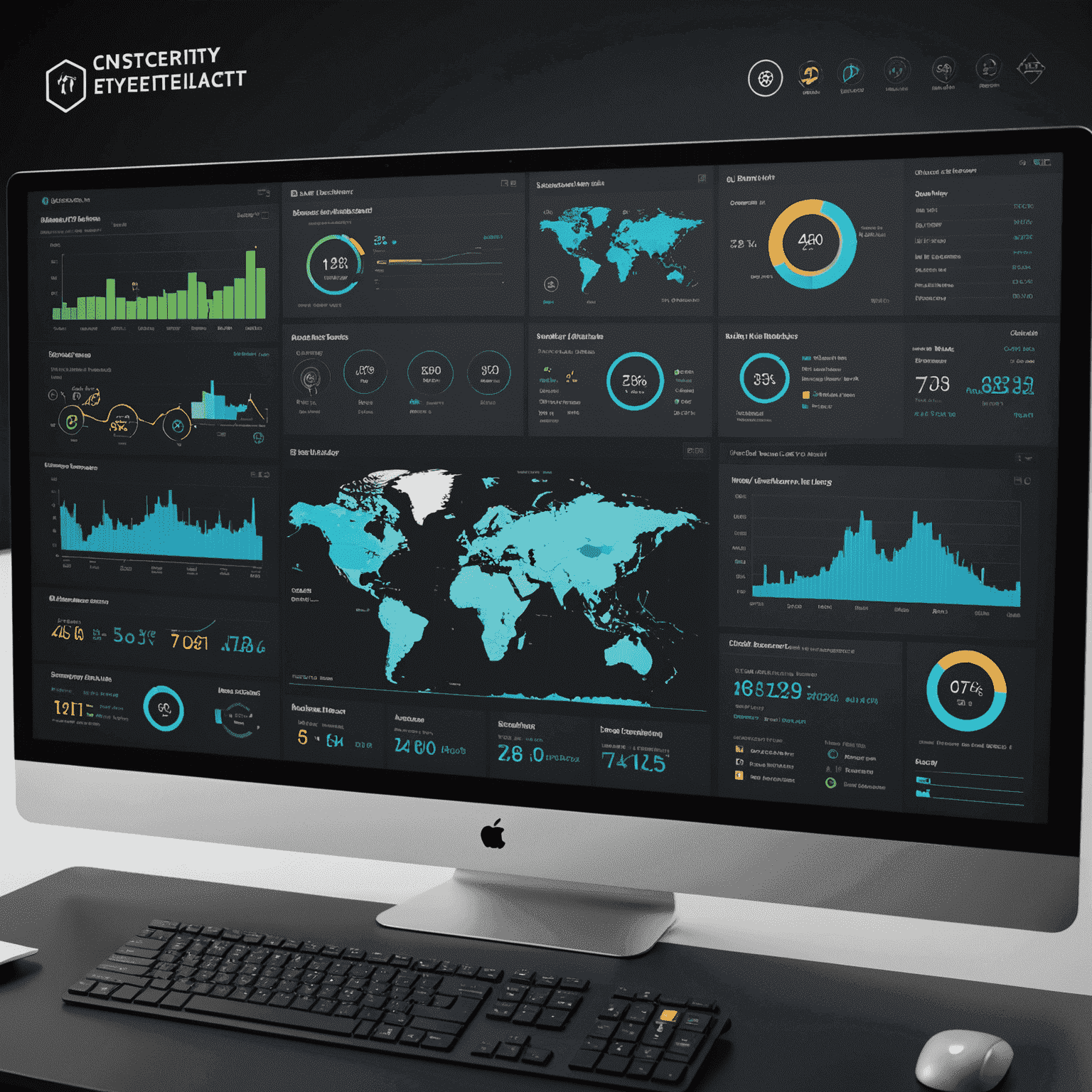Cybersecurity Threat Intelligence Platforms
In this review, we critically examine threat intelligence solutions, focusing on real-time threat detection, analysis capabilities, and integration with existing security infrastructures. As we navigate the complex landscape of cybersecurity in 2025, these platforms have become indispensable tools for IT professionals.
Overview
Cybersecurity Threat Intelligence Platforms have evolved significantly by 2025, offering sophisticated capabilities to detect, analyze, and respond to emerging threats in real-time. These platforms serve as the central nervous system of modern security operations, aggregating data from multiple sources and providing actionable insights to security teams.
Key Features
- Real-time threat detection and alerting
- Advanced analytics and machine learning capabilities
- Integration with existing security infrastructure
- Automated threat intelligence sharing
- Customizable dashboards and reporting
- Threat hunting tools
Pros
- Enhances overall security posture by providing comprehensive threat visibility
- Reduces response time to emerging threats
- Improves decision-making with contextualized threat intelligence
- Automates many aspects of threat analysis, freeing up security personnel
- Facilitates compliance with various regulatory requirements
Cons
- Can be complex to set up and configure optimally
- Requires skilled personnel to interpret and act on the intelligence provided
- May generate false positives if not properly tuned
- Can be expensive, especially for smaller organizations
- Effectiveness depends on the quality of data sources and integration
Comparison with Alternatives
When compared to traditional security information and event management (SIEM) systems, modern Threat Intelligence Platforms offer more advanced analytics, better integration capabilities, and more actionable intelligence. However, they may not replace SIEMs entirely and often work best when used in conjunction with them.
Open-source threat intelligence tools provide a cost-effective alternative but typically lack the comprehensive features and support of commercial platforms. They may be suitable for organizations with strong in-house cybersecurity expertise but can be challenging for others to implement effectively.
Final Thoughts
Cybersecurity Threat Intelligence Platforms have become a crucial component of robust security strategies in 2025. They offer powerful capabilities for detecting and responding to threats in real-time, which is essential in an era of increasingly sophisticated cyber attacks. However, their effectiveness relies heavily on proper implementation, integration, and the skills of the security team using them.
For large enterprises and organizations handling sensitive data, the benefits of these platforms generally outweigh the costs and complexity. Smaller organizations should carefully assess their needs and resources before investing in a comprehensive threat intelligence solution.
As the threat landscape continues to evolve, we expect these platforms to become even more intelligent and automated, further enhancing their value to IT professionals and security teams. However, they should always be viewed as a tool to augment human expertise rather than a complete replacement for skilled cybersecurity personnel.
